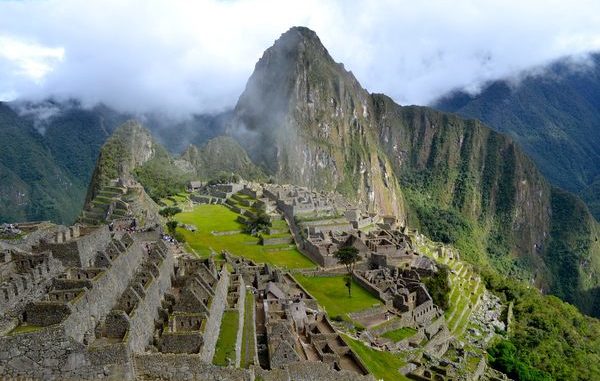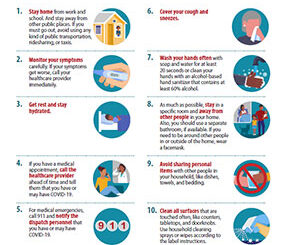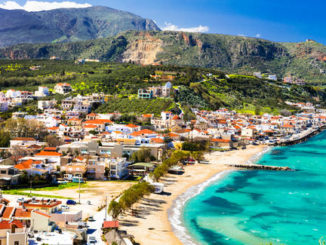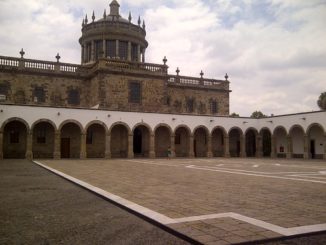
Random. Surprising. Frustrating. Strange.
If you’ve ever taken a Peru Vacation, one or all of these words will float into your mind sooner or later. If you were expecting to encounter life in the same form as back home, you’ll be in for a shock. Why is Peru so different?
It could be thousands of years of civilizations steam-rollering over each other, each leaving their own mark on the population and its behaviors. Peru today is an anthropological melting pot with modern and colonial Spanish influence in towns and cities while in the countryside Inca and pre-Inca cultures dominate day-to-day life.
As a result of this cultural mega-mix you’ll bear witness to some quirky, and often disturbing, practices on a Peru vacation. Here are 5 common ones to watch out for.
1. Two Bulls, a ladder and a cross on the roof
Something that is very common in the highlands is the placing of two ceramic bulls on the roof of the house. The roofs of traditional houses are covered with red clay tiles and as you wander the streets of cities like Cusco, Pisaq and Ollantaytambo look up and you will see many pairs of bulls sitting side by side.
The most traditional bulls come from Pukara on the altiplano between Cusco and Puno and two bulls side by side (male and female) are said to signify various things; they keep the house safe with a blessing to the “Apus” (the Inca mountain gods) and ensure wealth, health and unity of the occupants. The bulls may be combined with a ladder and a cross allowing an easy passage to heaven when the time comes. This is a curious mixture of Inca and Catholic symbology, but one that is typical of many things Peruvian.
2. Red plastic bags on sticks
As you drive through the Sacred Valley of the Incas near Cusco you will see lots of red plastic bags on the end a very long bamboo sticks projecting from houses. These are signs! They say, “We sell Chicha,” a maize or corn based alcoholic drink which is very (and in some cases, a little too) popular in the countryside.
On Sundays you will not only see the red signs but the effects on the people drinking Chicha as they stagger around small towns and villages mumbling and being overly friendly or abusive to tourists depending on what sort of week they have had.
It is said that, as yeast is expensive, people spit into the brew to make it ferment. To add to the fun, it is said that in some parts of Peru and Bolivia a severed dead baby´s hand is thrown in too for good measure. Make mine a double…
3. Babies shoes hanging inside or underneath the car
When you are taking a taxi, public bus or even some private cars in Peru you may notice a small shoe hanging by its laces. This is mostly done within the car, which makes sense (who wouldn’t want a memento of their kid when on the job?), but sometimes logic is stretched when people hang the shoes underneath the car. This shoe is from the first born in the family and is said to bring wealth and luck to the family and aid family unity (a recurring theme it seems!).
4. Chewing Coca leaves
This is a very common habit in the countryside but you will see it in town markets too when country people come in to sell their goods. It is an Inca tradition where people build up a ball of Coca leaves in one of their cheeks and allow the resultant liquid to seep into the blood stream. The alkaloid ingredients of the Coca plant, containing around 1% actual cocaine, allow the fanatical chewers to fight fatigue, hunger and cold more easily and therefore work harder in the fields.
Many people will chew the leaves when they are not working hard, maybe when they are just sitting around chatting, and while it is not necessarily an addiction many people will go through 300 to 400 grams a week. Is that bulge in your cheek coca leaves, or are you just pleased to see me?
5. Decorating graves
When you are traveling by road you will inevitably see graveyards in nearby fields and often there are shrines at the side of the road where people have died in traffic accidents. Around special public holidays such as Todo Santos these graves are decorated by family members with many articles that the deceased used to enjoy. This ritual often happens on the birthday of the deceased person too. Things are placed on and around the grave like football related objects, model cars or dolls, photos, beer or rum bottles, favorite clothing, families may play favorite music etc.
Have you seen any of these traditions on your Peru vacation? Are there any others that you can think of?
Proudly WWW.PONIREVO.COM
Source by Gary Sargent



